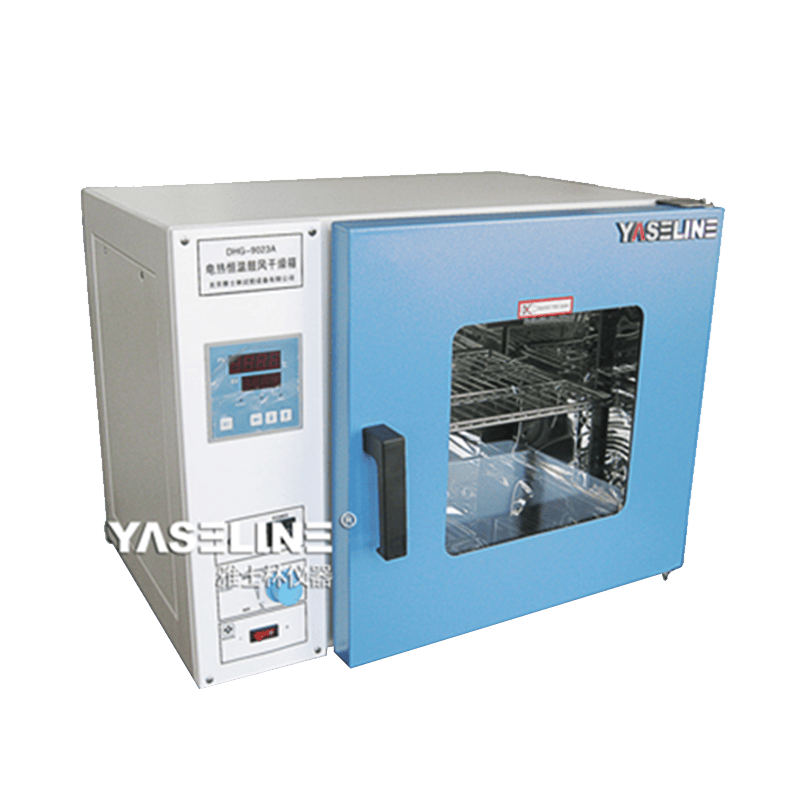The forced convection drying chamber is a specialized device for drying, dehumidifying, and heating, capable of providing high-efficiency dehumidification to ensure humidity control during experiments, thereby making the experimental results more precise and reliable.
Here are some key features of the forced convection drying chamber that enhance the accuracy of your experiments:

- High-Efficiency Dehumidification: The forced convection drying chamber employs a powerful fan system and professional dehumidification technology to quickly and effectively reduce humidity inside the chamber, ensuring a dry environment for experiments. This helps prevent moisture from affecting samples and the variability in humidity from impacting experimental results.
- Precise Temperature Control: The chamber is equipped with an accurate temperature control system that allows precise adjustments based on experimental needs. This helps maintain stability and reproducibility in experiments, leading to more precise results.
- Uniform Temperature Distribution: The design features an efficient air circulation system that ensures uniform temperature distribution within the chamber. This helps avoid discrepancies in temperature affecting samples located in different positions, thus ensuring consistent experimental results.
- Reliable Safety Protections: The forced convection drying chamber is equipped with various safety devices such as over-temperature protection and overload protection, which can promptly detect and handle abnormal situations, guaranteeing the safety and stability of the experimental process.
- User-Friendly Interface: The operation interface of the forced convection drying chamber is simple and intuitive, featuring an easy-to-use control panel and display that allow users to conveniently set and monitor experimental parameters, enhancing operational convenience.
By using the forced convection drying chamber, you can achieve more precise and reliable experimental results, improving accuracy and reproducibility to better meet the needs in research, production, and quality control.













